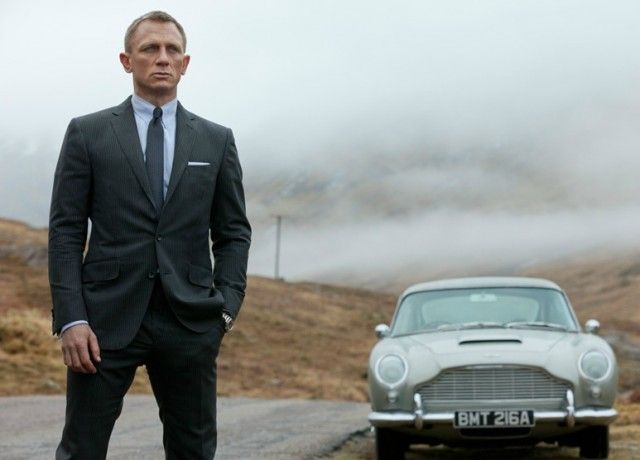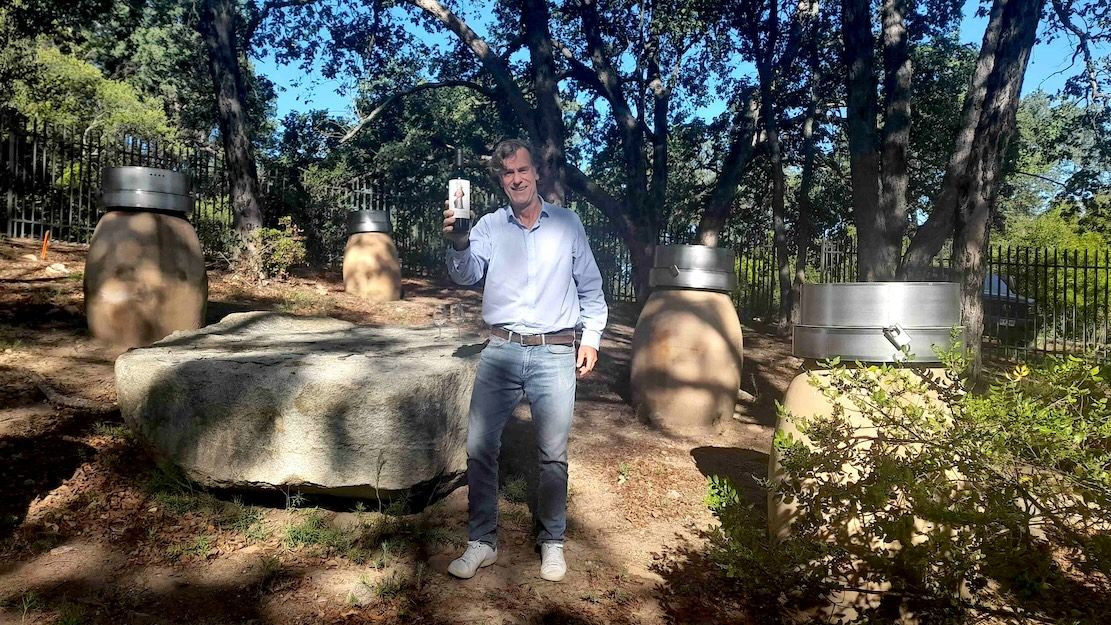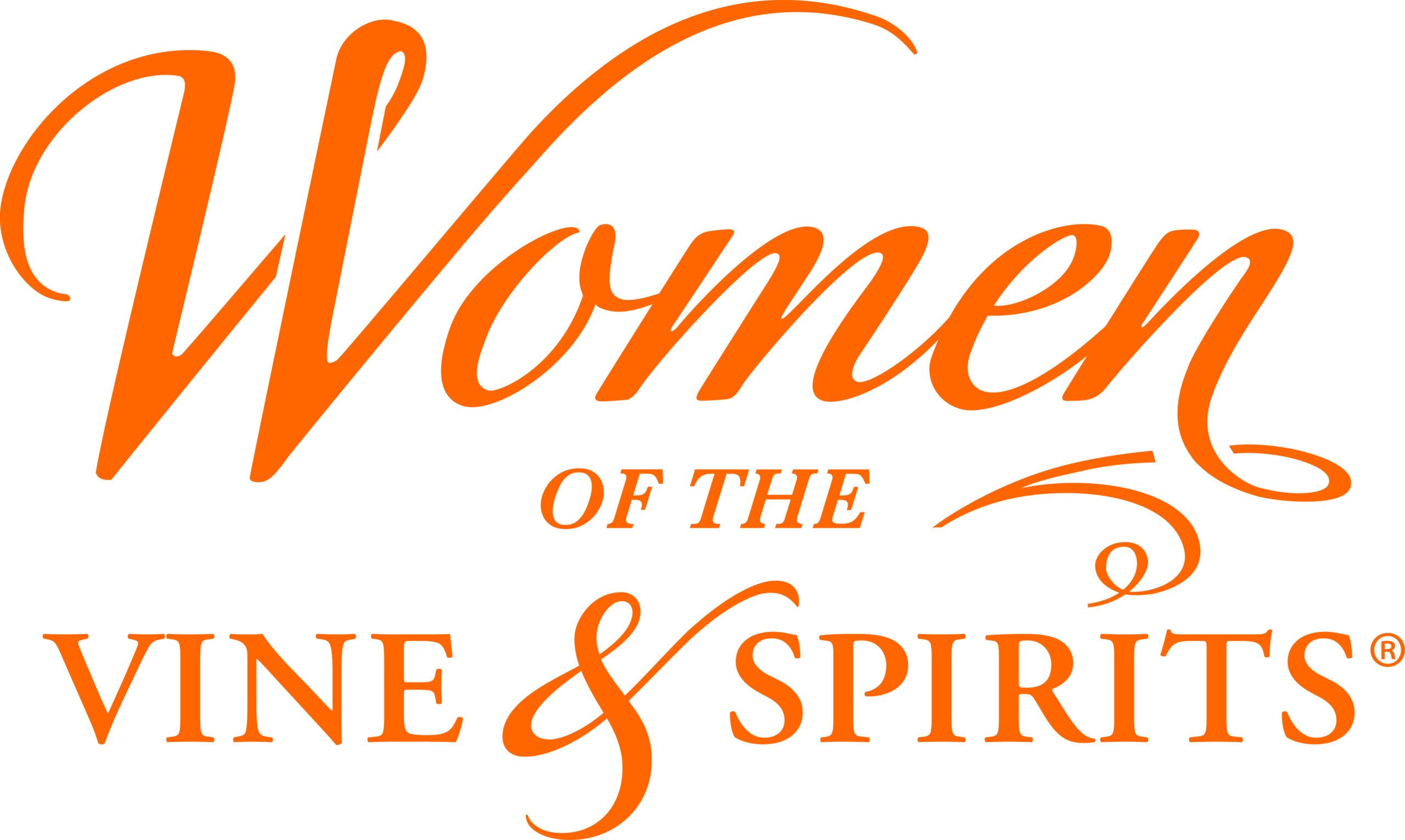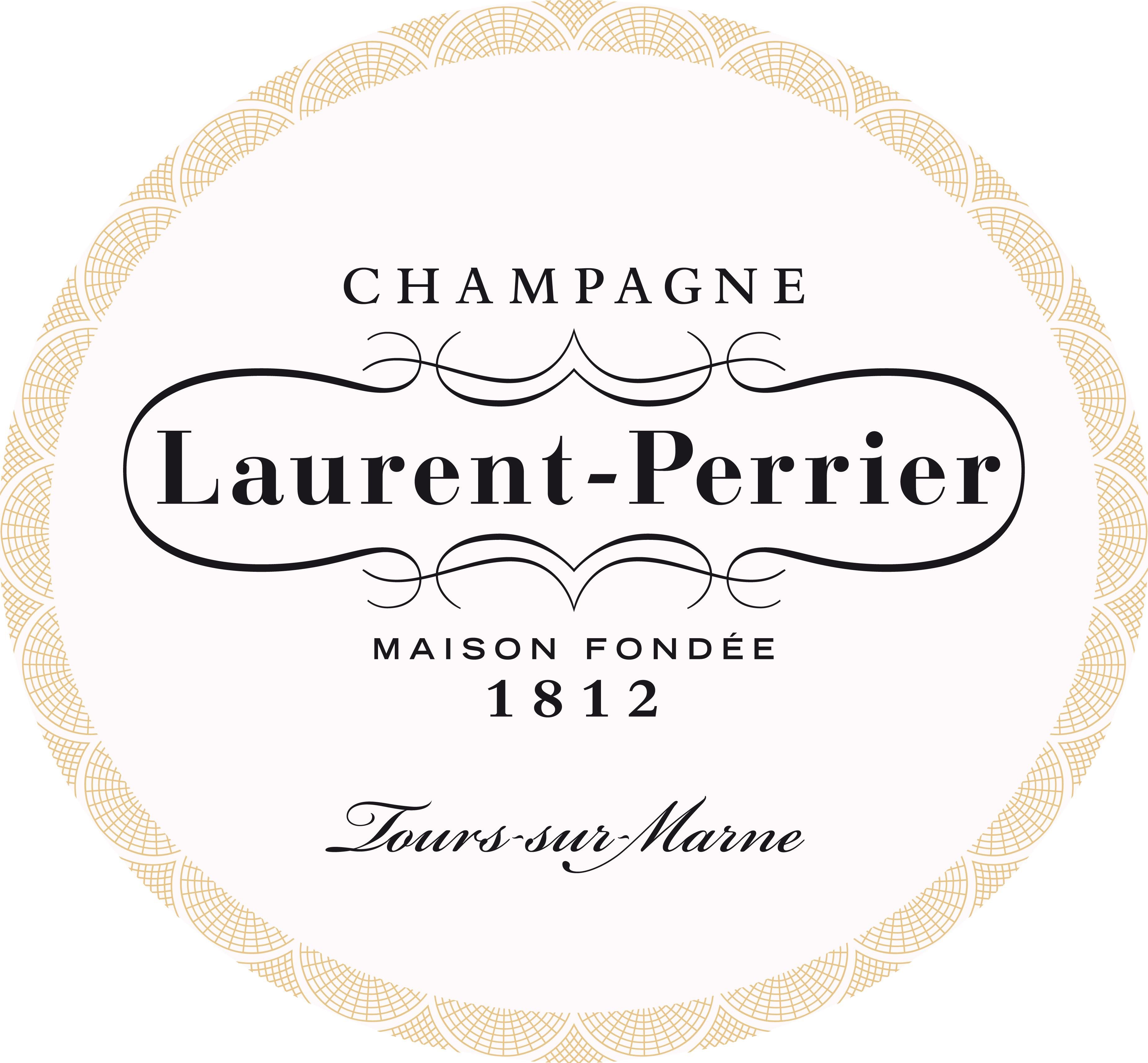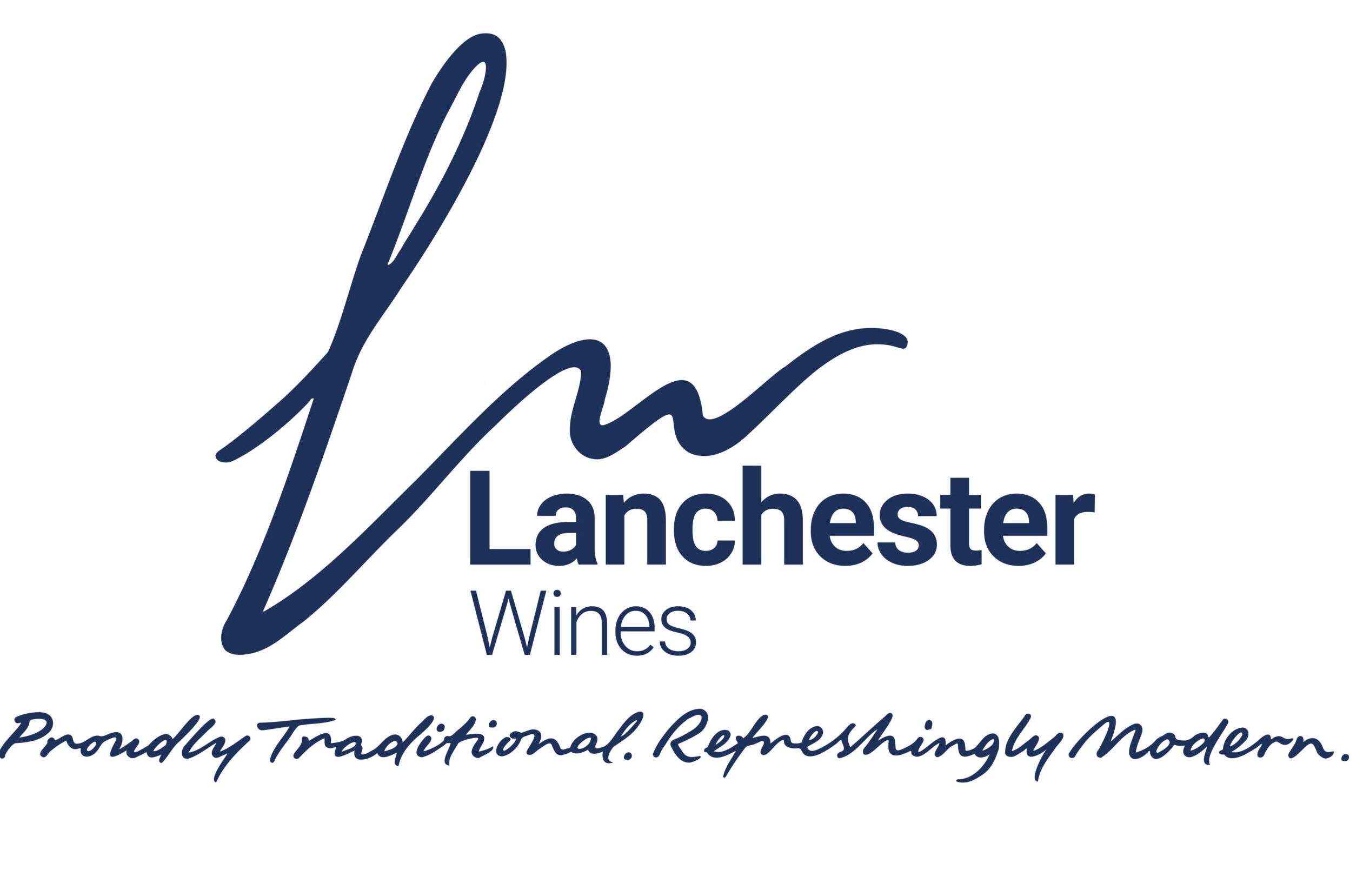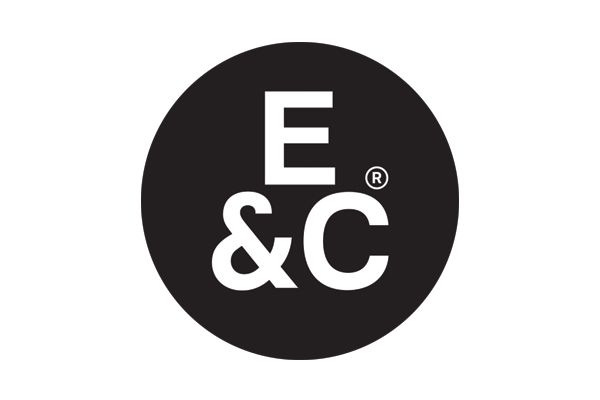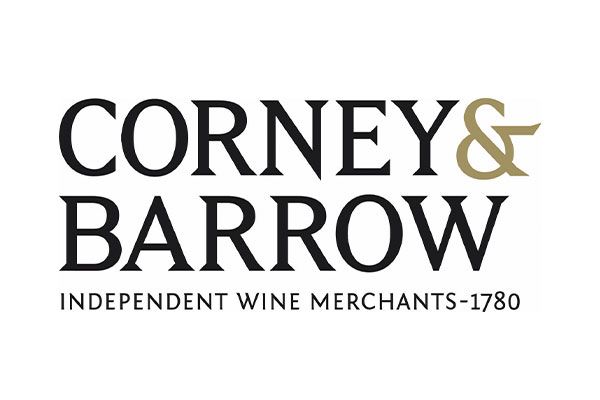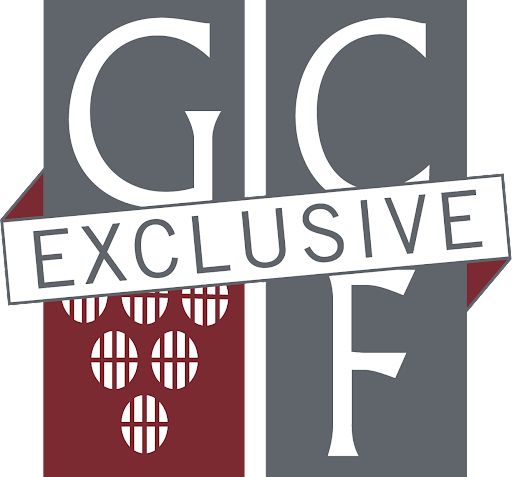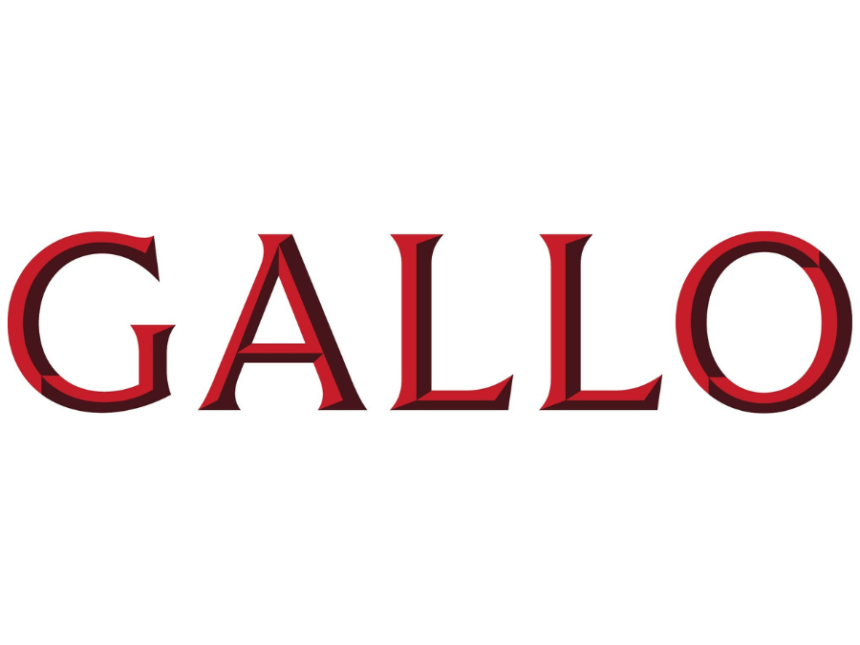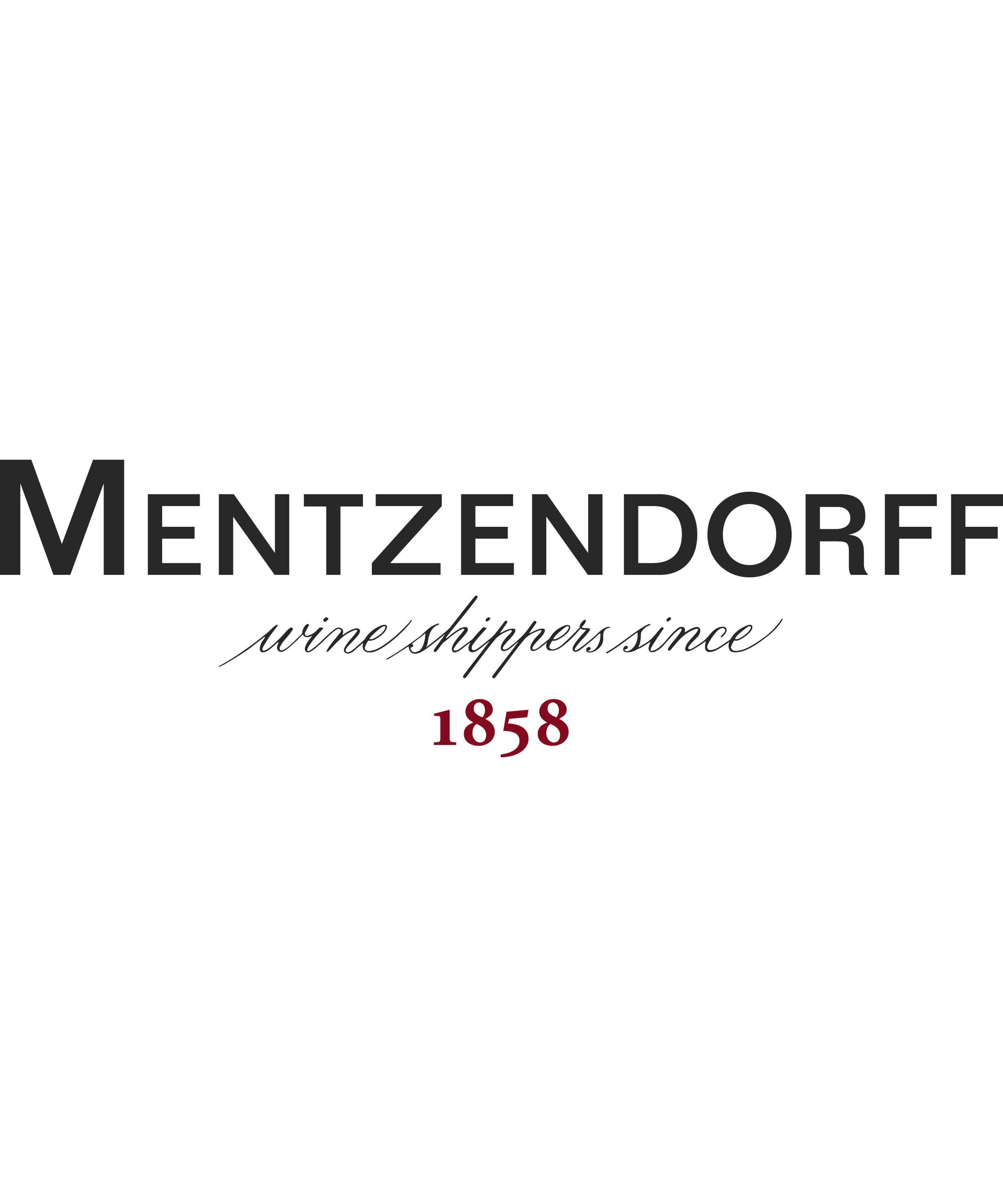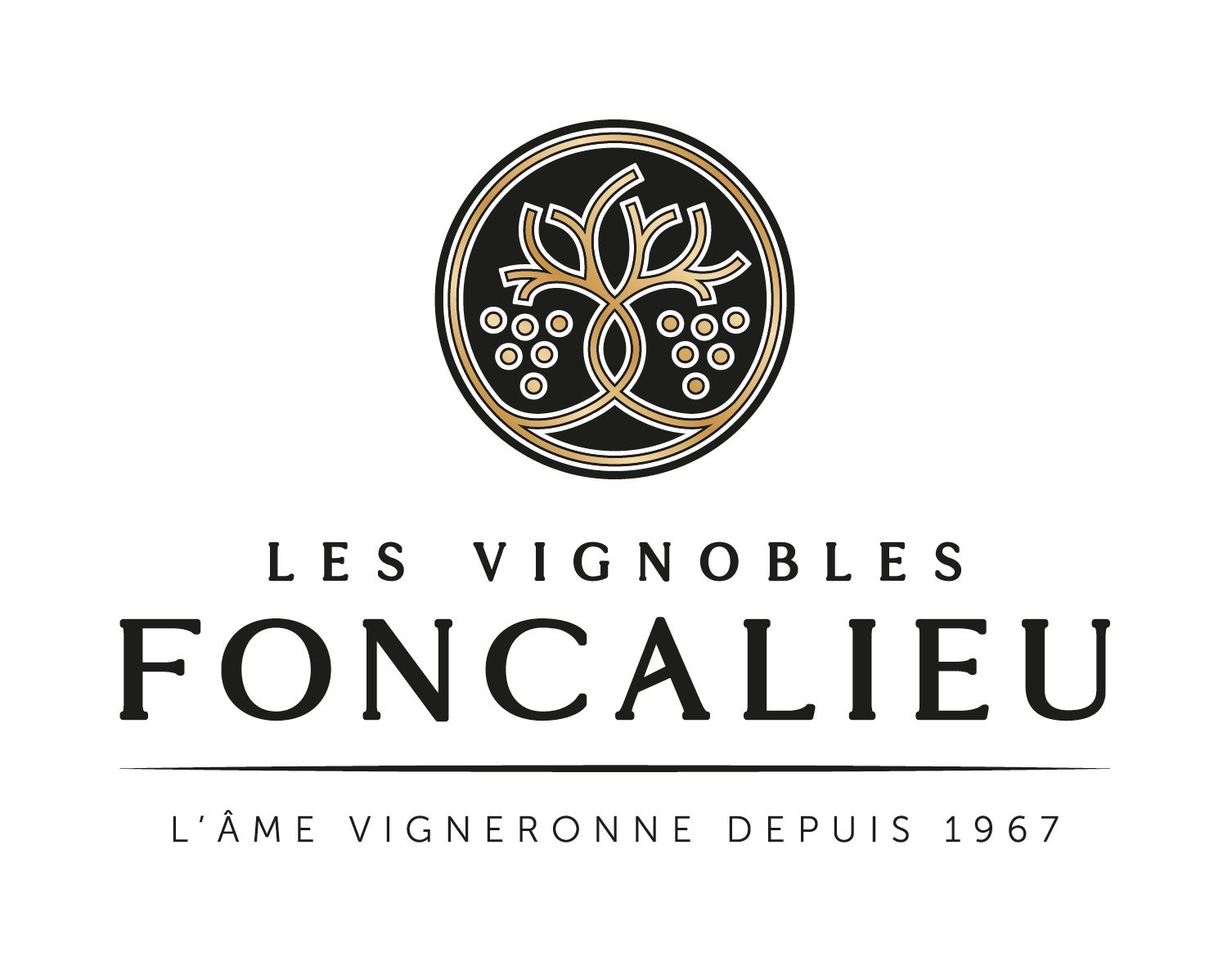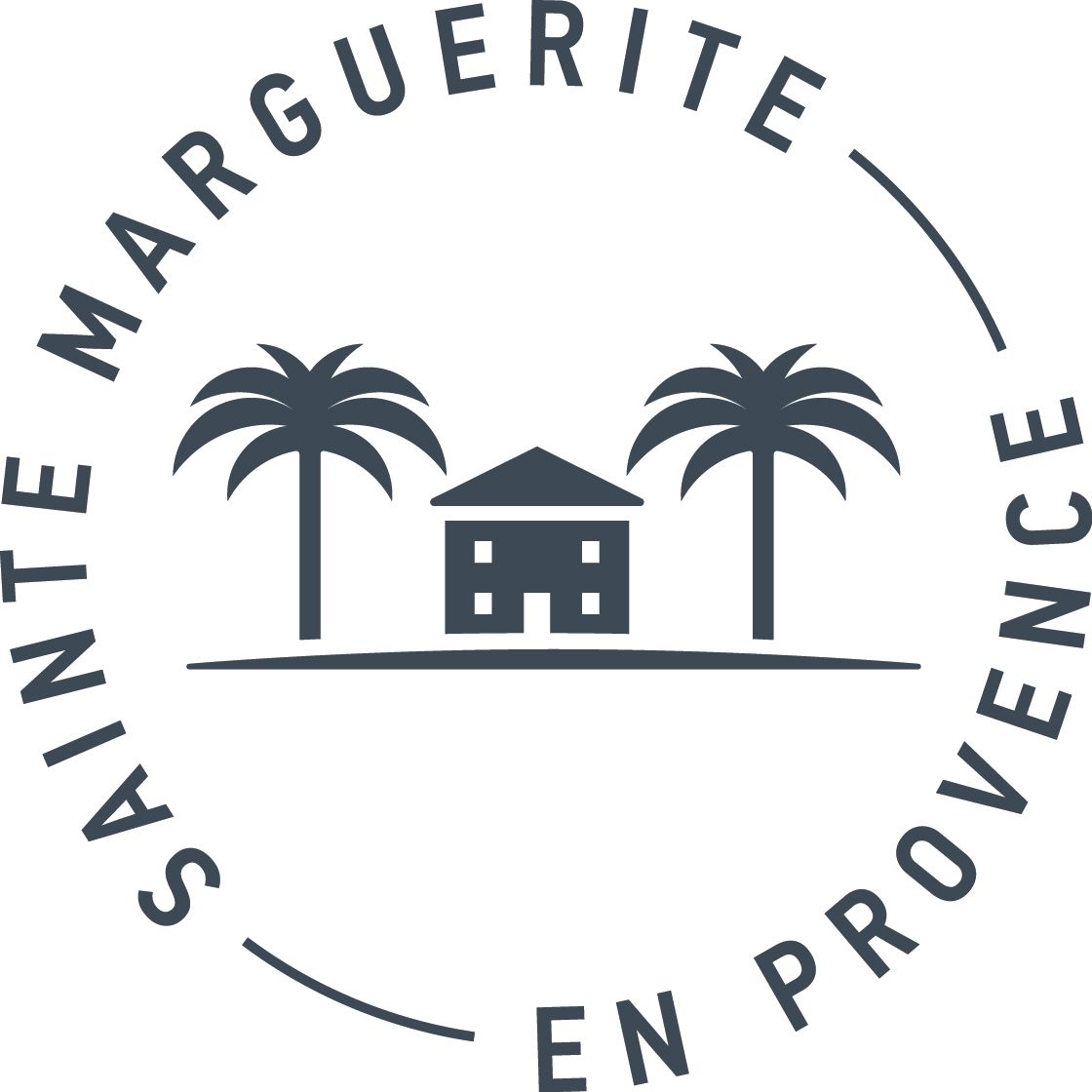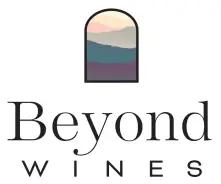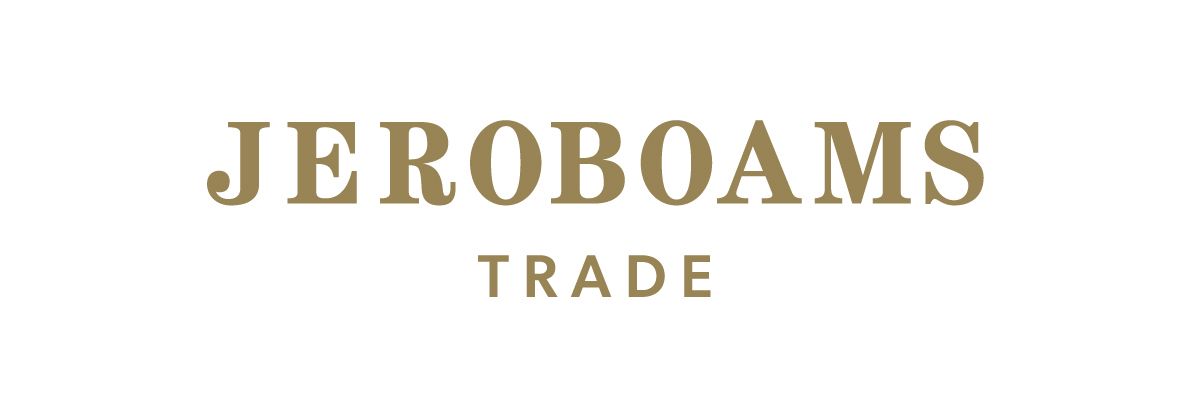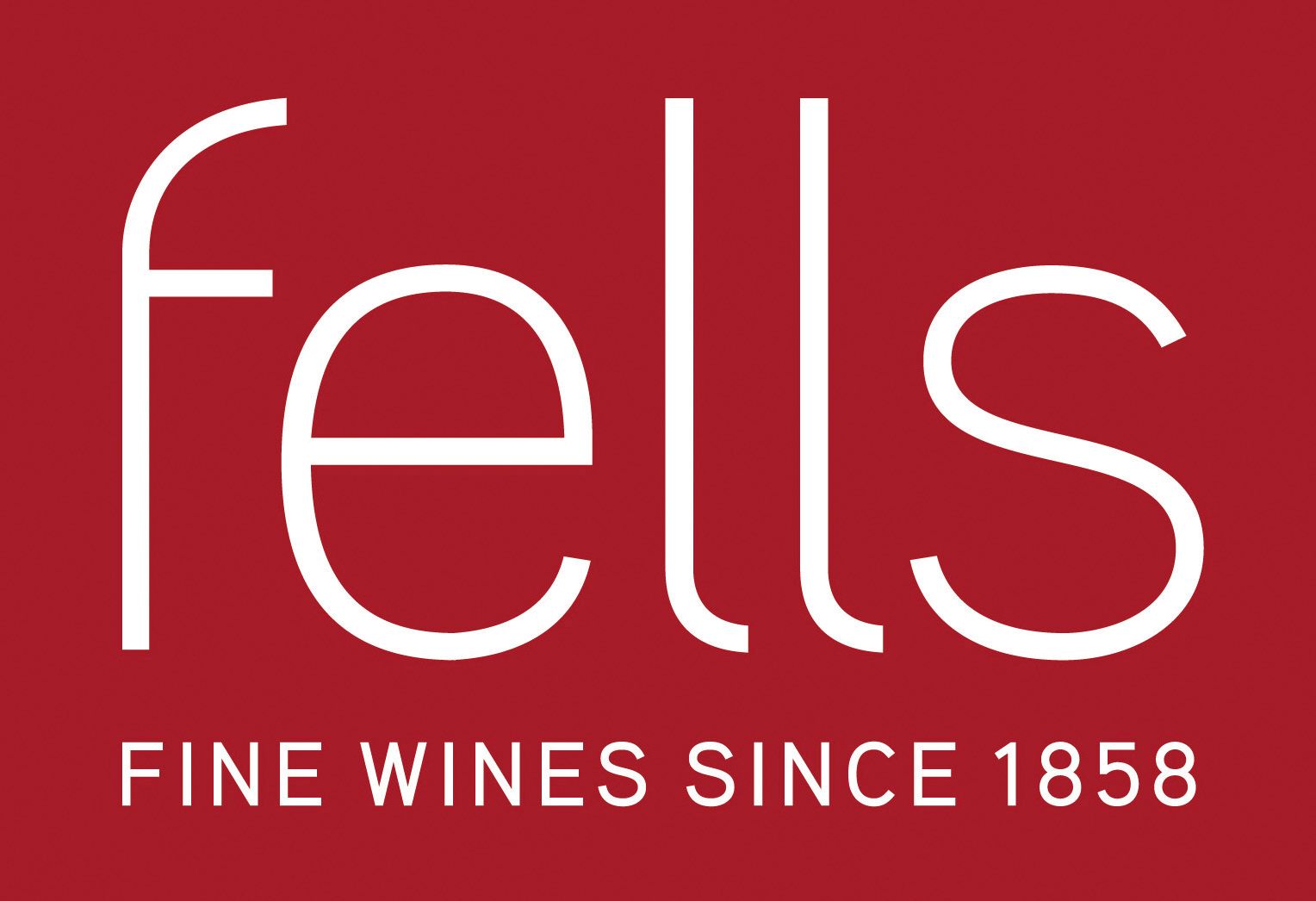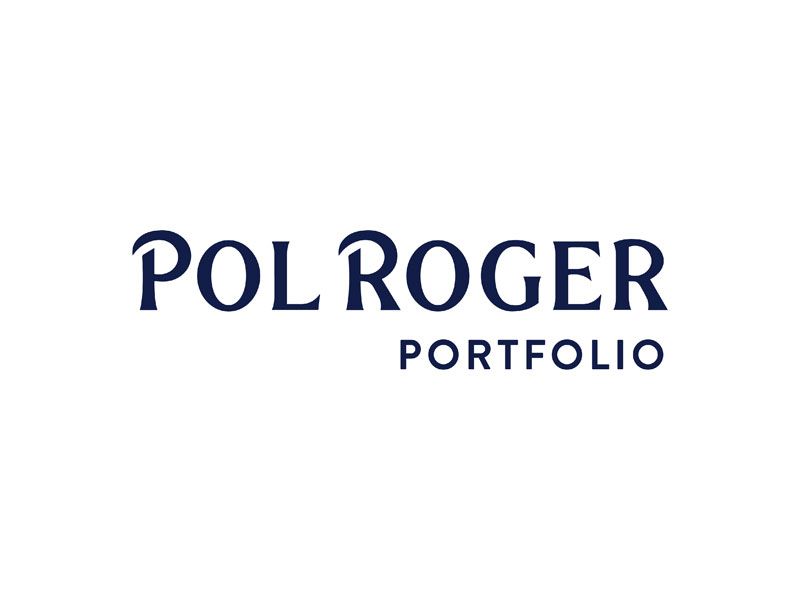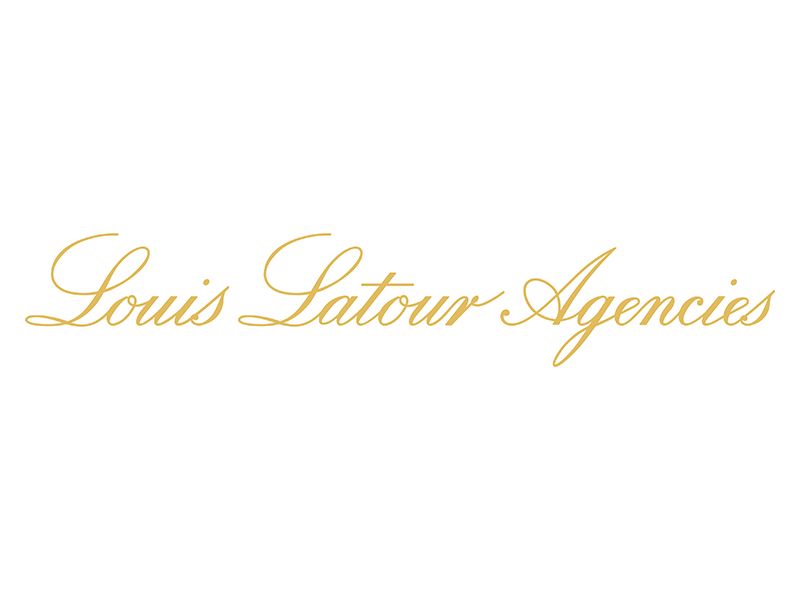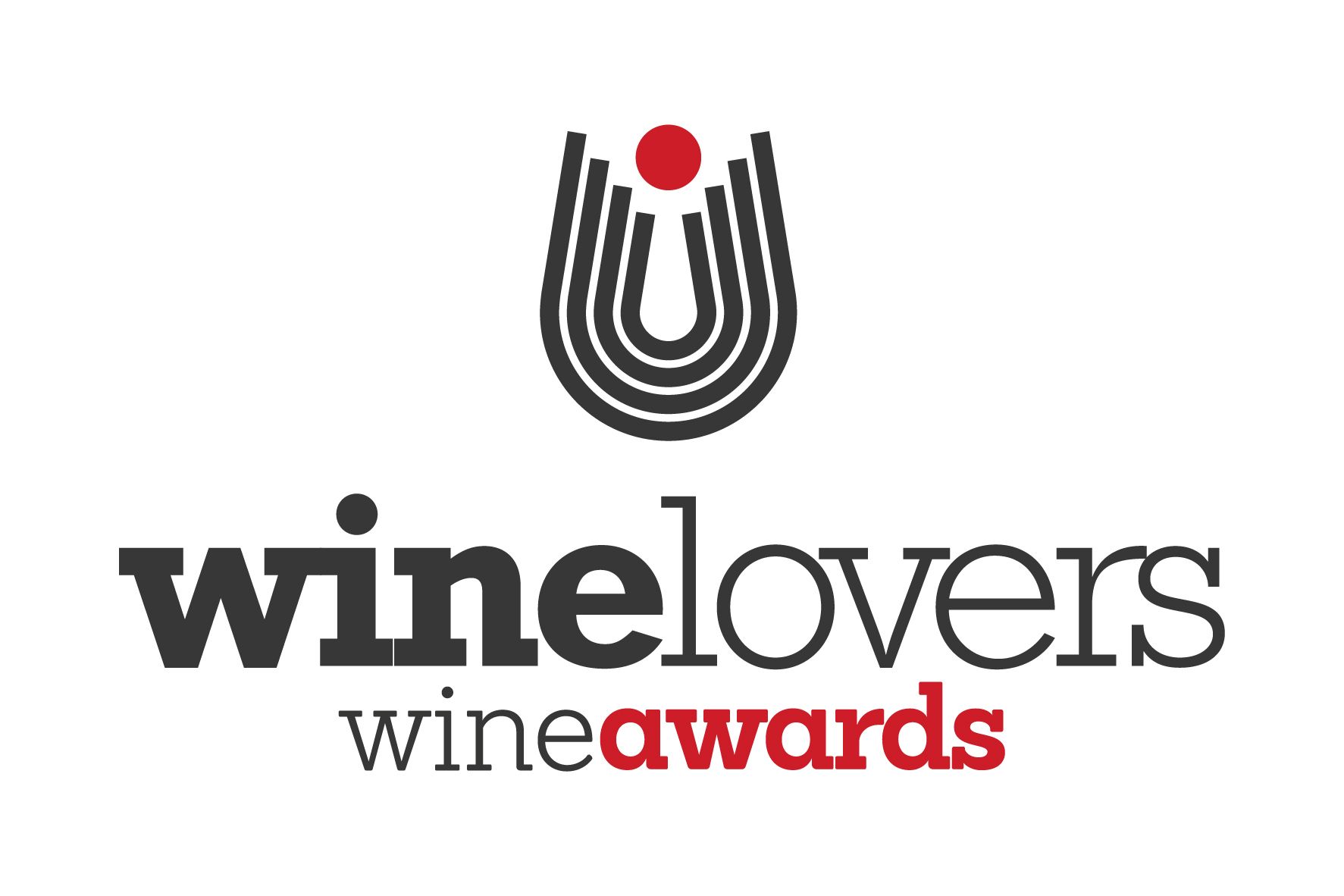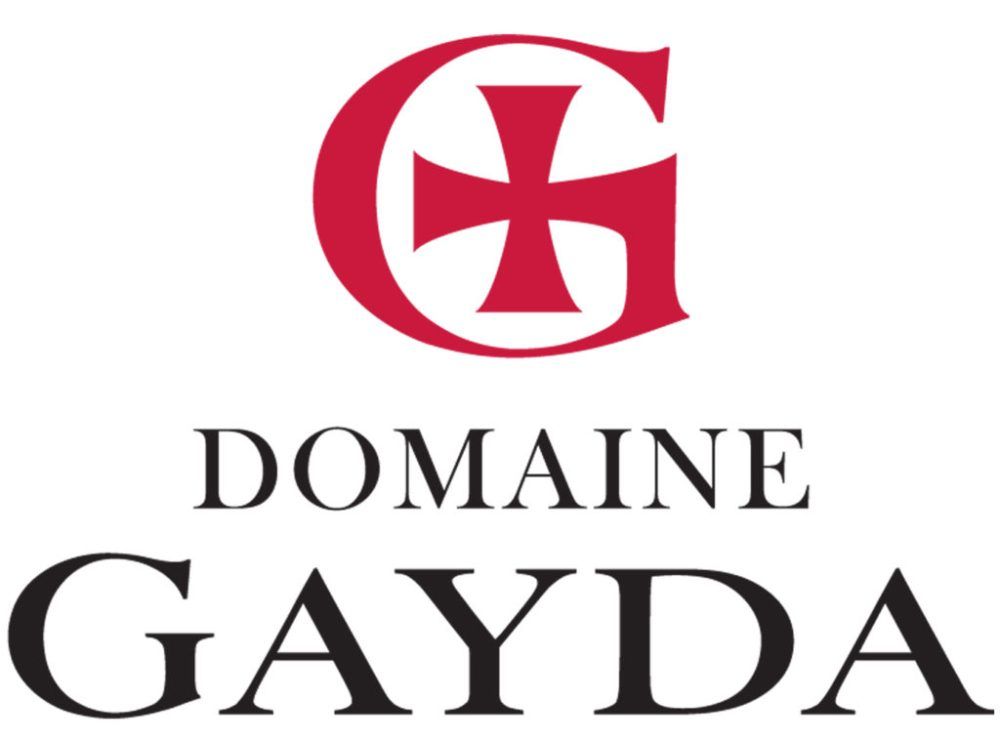The clock is very much ticking and we are now less than a year away from the date when the UK is set to formally leave the European Union. But how ready is your brand or business to take advantage of whatever benefits there are in the new world that awaits? Matthew McCoy points you in his direction.
Having been in the works for however long, the implications of Brexit are still to be fully understood, but UK business is rightly concerned about what the process and end result will mean for them. Everyone will likely suffer from a reduction in the value of the pound, even if only in the short term, but if the pound loses considerable value against the euro, UK businesses exporting into and sourcing from the EU will be doubly affected. Combine this with a loss of the EU workforce and many businesses are in for a rocky ride.
With the cost of importing EU goods and produce likely to increase as well, we are facing a fairly bleak outlook. Of course, this is all speculation, but it never hurts to be prepared; British brands must take the front foot to make the departure from the EU an opportunity rather than a hindrance for their business and brands, so with this sentiment in mind, we have some thoughts about proactive branding for the English wine industry, or for any UK-based business with concerns about their future in the age of Brexit.
Branding and marketing
First things first, an explanation of the difference between “branding” and “marketing”; branding is about reputation management whereas marketing is tactical sales promotion. Branding is a strategic undertaking that defines the values, truths and personality of the brand (its positioning) to underpin a consistent experience that is then leveraged, through marketing channels, to drive sales of a product or service. Every brand has a unique story to tell, which is the driving force of differentiation within a category.
The world of wine has changed and Brexit could give impetus to English vineyards to create a language that reflects English winemaking, certainly when engaging with local (national) consumers.
So, tell a Great British story…
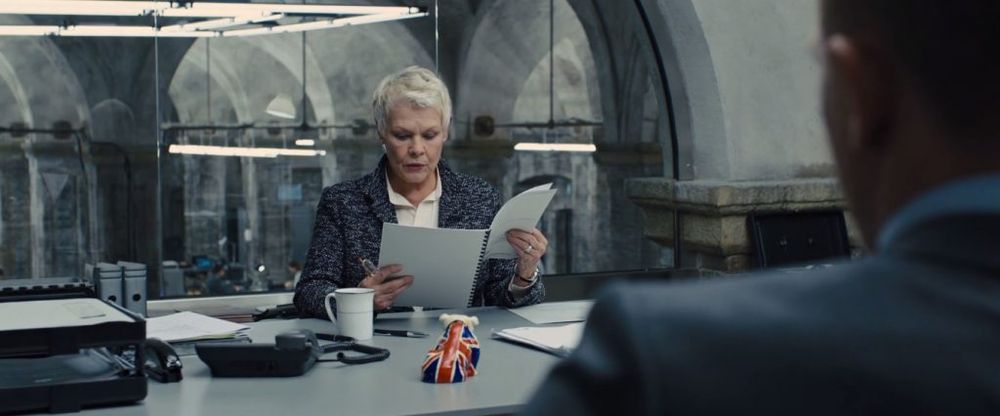
Even if you don’t watch James Bond the positioning of a toy British Bulldog makes this very much a British scene
People are emotional beasts. They value stories that give context and meaning to themselves, their experiences and their worldview. The story that we’re all trying to navigate is Brexit; for some, it makes absolute sense to leave the single market, while for others, there is abject confusion. The split comes down to perception; how you voted is based upon an individual’s perceptions of the EU and Britain’s place in it.
Brands are equally subject to perception; a brand owner or manager is responsible for curating the mental construct an individual has of a brand, and to do this they must find a relevant and compelling emotional hook around which they can craft a compelling story “their” consumer can relate to.
However, a brand’s story is not a linear narrative with a start and a finish but an ongoing story that evolves over time based upon how the brand is positioned in the consumer mindset. To give meaning (to consumers) and direction (for the future growth of the brand), every brand needs to have a compelling story to stand out in the marketplace.
Considering that English wine is not as established as other wine producing markets, look to other categories for inspiration in how other brands might tell their story, “Great British” or otherwise.
The Beefeater example
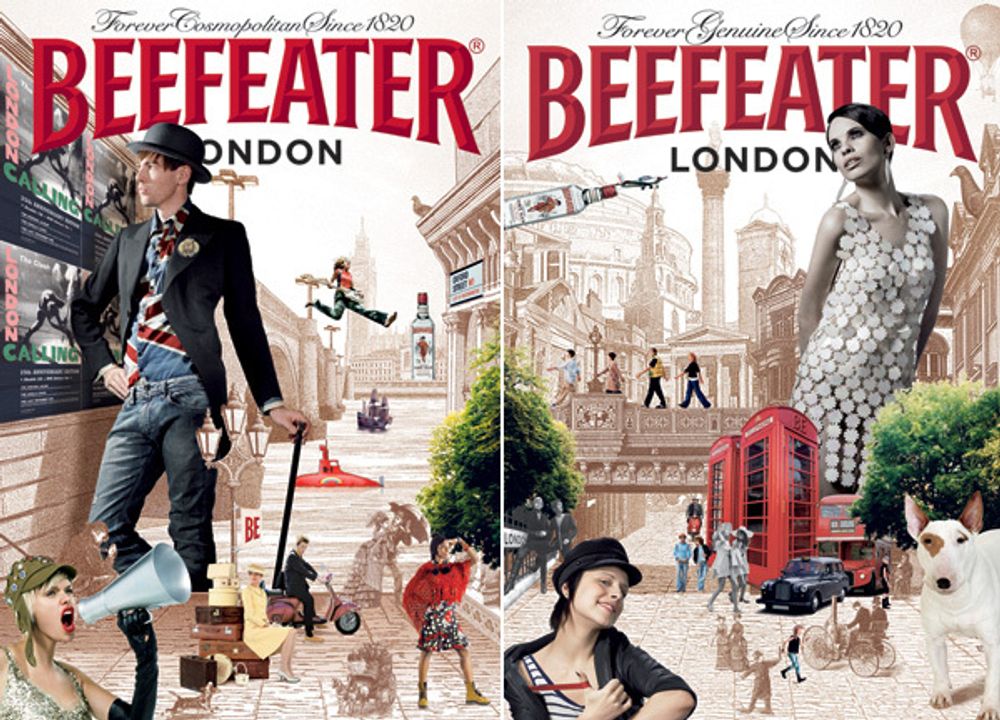
Postively British…
A good example where provenance is the foundation for the brand story might be Beefeater Gin, which is not so much a story about Britain or England but about London and the Beefeater’s place as an icon of The City. Every element of the brand and its packaging has been carefully considered to leverage provenance as inspiration, with a confident personality personified by The Beefeater to match the bold and distinct product itself.
Unique, compelling and relevant for the target audience (cool, young, hip), Beefeater is as popular in the UK as it is elsewhere because The Beefeater is synonymous with London and further reinforces the brand’s USP as the only gin pot-distilled in London. Every element of the packaging conveys provenance in unique and unexpected ways, both explicitly and implicitly (graphic design “heroes” The Beefeater and The City while the physical shape takes inspiration from the London Stock Brick).
The story of Brexit is obviously a symptom of something far deeper than a simple Yes / No to being part of the EU. The 48% that voted Remain did so to maintain the status quo while the 52% that voted Leave were largely stoked by nationalistic sentiment, which makes targeting either motivation a 50/50 gamble. So don’t; neither campaign criticised Britain for being British, so the story a brand might want to leverage could focus on pride and confidence.
Now the die is cast, consumers are seeking reassurances that everything will be OK after Brexit, and British or English brands can offer that reassurance by celebrating what makes Britain, Great Britain.
People, including us Brits, value the underdog story – a triumph over adversity – which is a disruptive narrative that any brand can benefit from; challenge the status quo (traditional wines) and give consumers a disruptive story (English wines) they can believe in.
Have a protagonist…
In the grand scheme of things, most wine brands (outside of the multinational holding companies with dedicated teams of vintners) are lucky accidents created by people of passion. And passionate people tell great stories about their journey, their purpose, the community, the region etc. By digging into their backstory, we can uncover truth and meaning behind their venture, which will give context and inspiration for the brand’s strategic positioning and story.
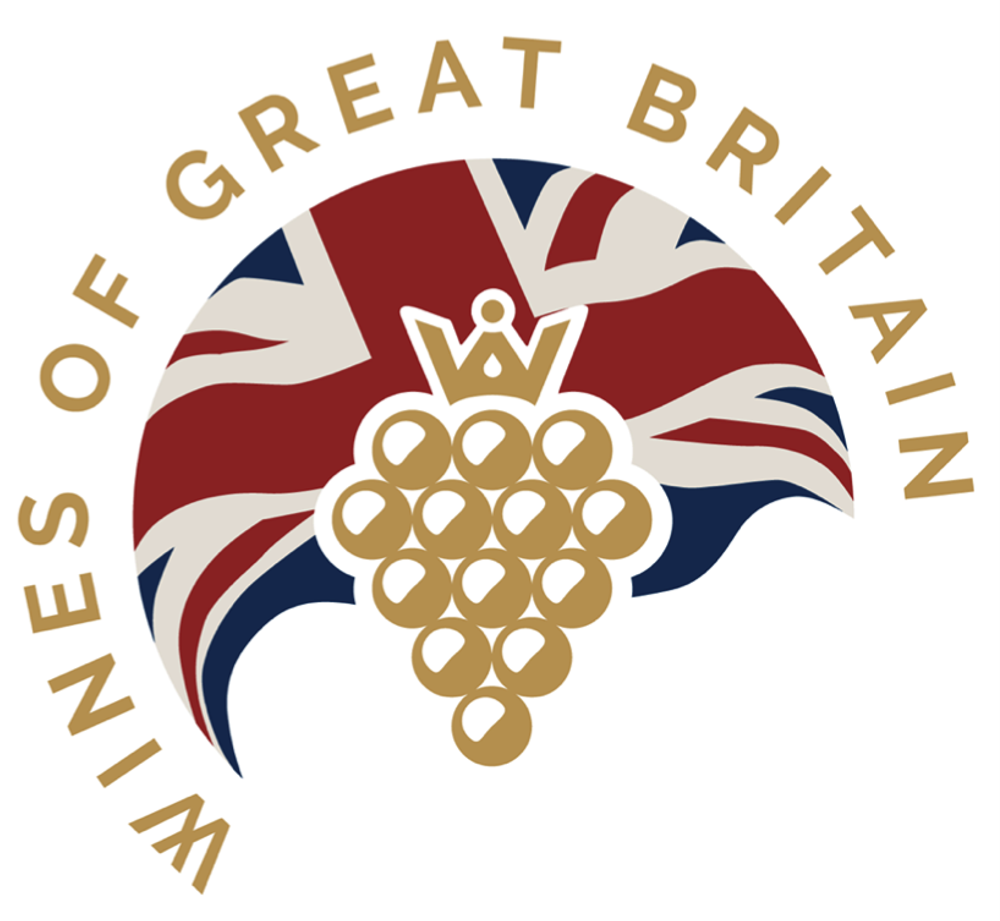
The new WineGB logo may not be everyone’s favourite but it certainly captures the Britannia spirit
A good example could be England’s own brand as the protagonist. England’s nation brand is incredibly iconic on the global stage and has already inspired millions of stories, analogies, anecdotes and ideas that Brexit now offers a veritable blank canvas for re-inventing our place on the world stage. Could Britain, England, Englishness, a county or even a village be the hero of a brand’s story?
Of course, if the wine is only being sold through the vineyard of origin, the story can be more elaborately brought to life through the physical experience, but when a vineyard seeks to secure additional listings, the wine will need to compete in a more sophisticated retail environment where owning a relevant, unique and emotive point of difference is fundamental for a) securing the listing and b) winning over consumers. In such a competitive setting, the brand’s packaging is the primary touchpoint to deliver compelling differentiation.
The packaging is your brand…
While the relationship with a brand may have commenced long before purchase, the packaging for any FMCG brand, wine included, is the primary medium for telling a brand story and, more often than not, the final leg in a consumer’s journey to purchase.
So, think about unique ways to express the values of the wine (or the vineyard) in a way that reflects the personality of the brand. If speaking to millennial consumers, which make up the largest wine consuming demographic, are they as motivated by product facts such as terroir, grape variety or vintage as perhaps a baby-boomer? Probably not, so think about the emotional experience as your brand’s point of difference; how it might make them feel, how it might support their personal identity, how it might satisfy a human need or desire?
Make the label count
To craft a narrative that has meaning, a brand needs to know exactly who it’s talking to. And who it isn’t. Brands have detractors as much as they have enthusiasts, which is absolutely fine (as evidenced by the Brexit vote – we all have differences of opinion); a brand can’t be all things to all people, so identify those for whom your brand will have meaning and craft a story and visual language that reflects the values of your brand in the most relevant way for that audience.
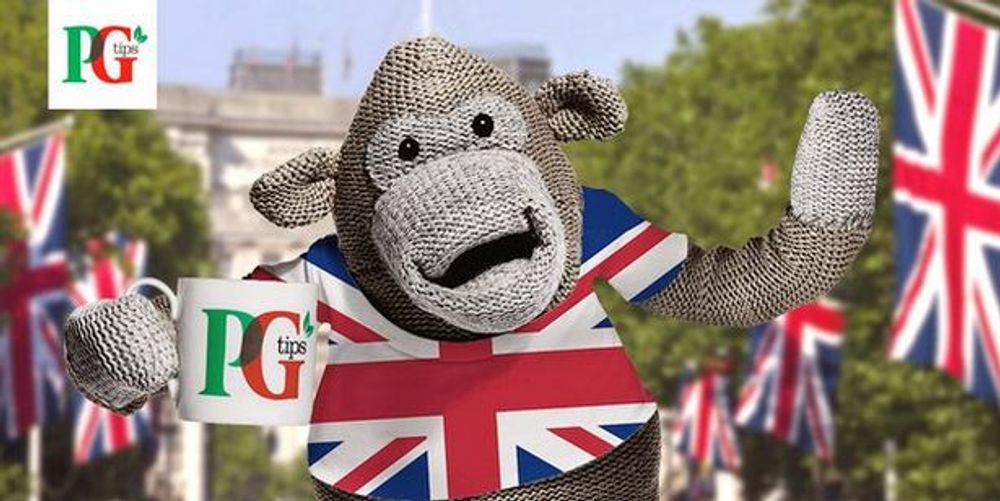
It’s not just a cup of tea. It’s a cup of PG Tips tea…
PG Tips is a good example of capturing the entire brand story on pack (product truth, history and heritage, brand personality) delivered in a way that resounds with the brand’s everyday consumer. The brand is not premium nor is it competing at the value end of the category but speaks to consumers that are motivated by a quality product above and beyond anything else. The name itself speaks to the product truth (PG only uses the tips of the tea leaves) and the monkey as a contemporary brand mascot, character, icon makes the telling of this product story that bit more personal and engaging. It also gives the brand opportunities to leverage “monkey” in advertising and other campaign activations.
Without this personal connection, a brand cannot graduate from being a commodity option to a compelling brand choice, so make sure you clearly know who you’re speaking to, understand their lifestyle and motivation, and create experiences that satisfy this expectation. Marketing strategist, Seth Godin describes brands as: “expectations, memories, stories and relationships”, which are the same criteria one might place upon a friendship. How can your brand make friends with its audience? By reflecting similar values to those the consumer holds dear.
Create an engaging personality…
Designing a wine brand is not that different from designing any other beverage brand. There are rules and conventions that most brands will adhere to – they provide relevant signposts for consumers shopping a category – but these rules can be broken if supporting or validating the brand’s positioning or personality. And what better reason can there be for breaking rules than Brexit?

British fashion designer Vivienne Westwood has created a brand for herself as well as her clothes. REUTERS/Jacky Naegelen (FRANCE FASHION)
Vivienne Westwood, a symbol of the avant-garde, is a great example of personality underpinning the brand experience. Rising to fame in the 70s when London was at the forefront of global cultural trends, Vivienne Westwood challenged conventional notions of fashion from her King’s Road boutique by claiming the street culture of Punk as her own. Her couture sensibilities are combined with a sense of responsibility, which is permissible because she has always used her voice to raise attention to social inequalities and environmental issues. She represents a counter-culture movement, which is now firmly embedded in the mainstream, because her purpose and promise resounded with her audience then, and continues to speak to the unconventional (yet moneyed) fashionistas of today. Her personality is the brand and infuses everything it says and does with her attitude and character. Can wine think like a fashion brand and own a higher-purpose to drive emotional connections?
As a category, English wine is inherently disruptive. It’s not traditional and it’s not new world, so use this unique position and leverage a unique language to stand out from this crowd. Disruption is a great strategy for designers, as long as it’s done well and is in the interest of delivering the brand’s story. More traditional wines will play to more traditional expectations by leveraging a more traditional design style (just as Vivienne Westwood’s peers would have done in the 70s), such as illustration, calligraphy, ornate typography and other appropriate creative flourishes, whereas a modern or new world wine, perhaps speaking to a millennial or Gen Z consumer, might consider vibrant colour ways or “category rule breaking” design touches, photography, imagery or even augmented reality labels because these speak to younger sensibilities.
Disruption…
It’s a universal rule that people value unique, so dare to be different. An English wine is unique in positioning, story, terroir, experience etc. to a French, Italian, Spanish or new world wine, and while there may be similarities in facets of the product truths (the type of grape, for example), the end result offers a distinct palate and finish. Hero this distinction, challenge conventions, push the boundaries of visual expression alongside pushing the boundaries of taste and flavour. As an entrepreneurial and passionate community, England’s wine industry is the result of wanting to do things differently, so design a wine label that speaks to this difference; no-one creates a wine to be the same as any other, so make the label as unique as the product and, most importantly, design a wine label you can be proud of.
And finally…
Craft the narrative that reflects your brand and passion, define the consumer segment this story will have relevance for, look at the competition to see who else is vying for their attention, identify gaps (strategic or tactical) and exploit to the full through a consistent application of the brand’s story and visual assets.
- Matthew McCoy is strategy and business director for Butcher & Gundersen, which describes itself as a “creative consultancy with an insatiable appetite for conquering complexity through the magic of design. For over 35 years we’ve lived with the same creative philosophy – uncomplicated by design. Our client roster is built on strong, long relationships forged with an attention to detail and the love of discovering new solutions for any brand issue our clients face. From packaging to communications, information design to corporate brochures, we service our clients’ strategic and creative needs with passion, purpose and panache.” Find out if all that is true at www.bgundersen.com
